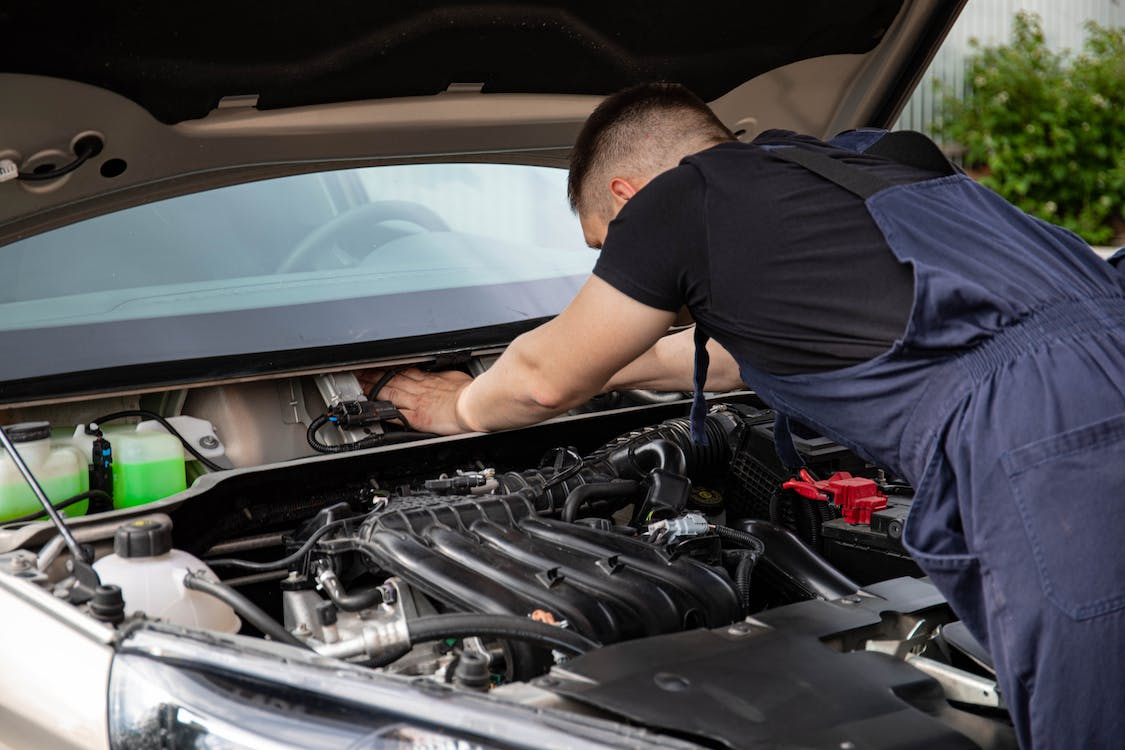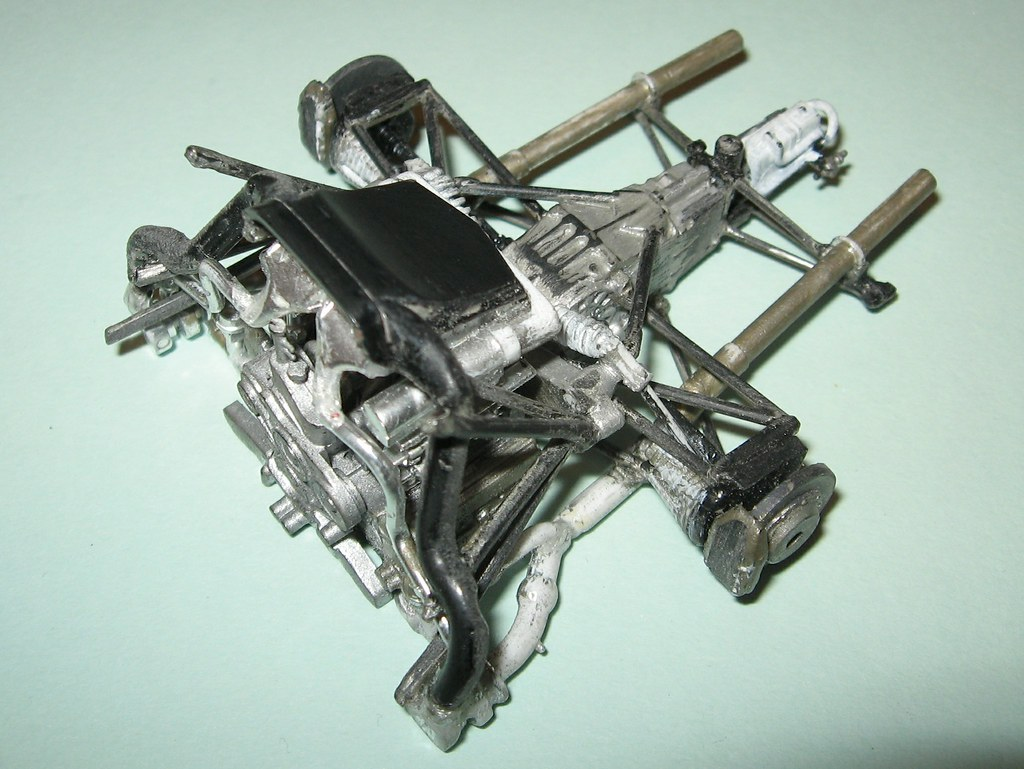The transmission is a critical component of your vehicle, responsible for transferring the engine’s power to the wheels. Ignoring transmission issues can lead to costly repairs and even pose safety risks. In this blog post, you’ll learn about common transmission problems, their causes, and the consequences of driving with a faulty transmission. One question many people have is, “how long can you drive with a bad transmission?” We’ll explore this topic, as well as how to recognize when it’s time to stop driving. We’ll also discuss repair options and preventative measures to maintain your vehicle’s transmission and avoid costly repairs in the future.
Key Takeaways
- Understanding transmission issues and recognizing early warning signs of potential problems are key to avoiding costly repairs.
- Driving with a bad transmission can cause damage to other vehicle components, pose safety risks, lead to engine overheating and unpredictable behavior.
- Regular maintenance and servicing is essential for preventing transmission issues. Major repairs may be necessary depending on the extent of the problem.
Understanding Transmission Issues

A vehicle’s transmission ensures a smooth and efficient driving experience by transmitting torque from the engine to the wheels through a series of gears or belts. Both manual and automatic transmissions can experience issues that may lead to costly repairs or even complete transmission failure if not addressed promptly. One of the most common types of transmission in modern vehicles is the automatic transmission, which offers convenience and ease of use for drivers, as opposed to manual transmission that requires more driver involvement.
Vehicle owners need to familiarize themselves with common transmission problems and their causes to spot potential issues early and take preventative measures.
Types of transmission problems
Transmission problems can manifest in various ways, such as erratic shifting, slipping, failure to engage or remain in gear, and strange noises. These issues can affect both manual and automatic transmissions, with potential causes including low or dirty fluid, internal wear, and a dragging clutch. One common issue drivers face is a slipping transmission. Act promptly if you notice any of these symptoms, as timely intervention can prevent further damage to your vehicle’s transmission and ensure a safe, smooth driving experience.
Causes of transmission failure
Transmission failure can result from a variety of factors, including low or contaminated fluid, worn parts, valve body issues, and control module problems. Inadequate fluid levels can lead to overheating and eventual transmission breakdown. Contaminated transmission fluid can cause a range of problems, such as gear slipping, difficulty engaging gears, and even a broken transmission. To avoid these issues, it’s crucial to ensure a proper transmission fluid run, maintaining the right levels and quality of the fluid.
Worn parts can also contribute to transmission failure, as they can cause clutch and engine overheating, slipping, or grinding, placing strain on the transmission. Prompt attention to these issues can help avoid costly repairs and ensure the safety of drivers and passengers.
Consequences of Driving With a Bad Transmission

Driving with a bad transmission can result in serious repercussions, including:
- Damage to other vehicle components
- Potential safety risks for drivers and passengers
- Engine overheating, which can lead to additional problems and expensive repairs
- Safety concerns, such as unpredictable vehicle behavior and danger to pedestrians
It is important to address any issues with your transmission promptly to ensure the safety and reliability of your vehicle.
Damage to other vehicle components
A bad transmission can lead to engine overheating due to factors such as bad transmission fluid or insufficient fluid, which can cause the transmission to overheat quickly. Issues with the radiator and cooling system can also contribute to engine overheating when the transmission is not functioning correctly.
Engine overheating can result in leaking hot coolant, damaging sensitive engine components, and causing shifting issues or complete transmission failure. Fixing transmission problems promptly is key to preventing additional vehicle damage and ensuring safe driving.
Safety concerns
Safety concerns arise when driving with a faulty transmission, as it can lead to unpredictable vehicle behavior, such as clunking, shaking, or delays in acceleration. Driving with a bad transmission can also impact a vehicle’s stopping capabilities, making it difficult to maintain speed and control in emergency situations.
Furthermore, vehicles with faulty transmissions can present a serious risk to pedestrians due to slip and trip risks, vehicle collisions, and the potential for the transmission to slip gears. Repairing faulty transmissions is paramount in ensuring the safety of both drivers and pedestrians.
How Long Can You Drive?
How long you can drive with a bad transmission depends on various factors, including the severity of the issue and the driver’s ability to recognize signs that it’s time to stop driving. Although driving with a malfunctioning transmission is not recommended, the duration of which is at the discretion of the driver.
However, continuing to drive with a bad transmission can potentially cause further damage to the vehicle and put the safety of drivers and passengers at risk.
Factors affecting drivability
Factors affecting drivability include the type and extent of the transmission problem, as well as the vehicle’s overall condition and maintenance history. Severe damage to the transmission can result in a loss of power to the wheels and render the vehicle inoperable. Furthermore, transmission damage can also influence other components of the vehicle and necessitate expensive repairs.
A well-maintained vehicle is likely to fare better with drivability when dealing with a transmission issue compared to a poorly maintained one.
Signs it’s time to stop driving
Signs that it’s time to stop driving include worsening transmission symptoms, engine overheating, and the appearance of the Check Engine light. Common worsening transmission symptoms may include clunking, humming, or whining sounds; erratic shifting; transmission slipping; inability to engage or remain in gear; loss of power; low or leaking fluid; burning smell; gear slipping; and overheating of the transmission.
The Check Engine light appearing can signify a serious problem with the transmission that requires immediate attention, such as an overheating transmission, low transmission fluid levels, or defective sensors. Noticing any of these signs warrants immediate cessation of driving and dealing with the issue promptly to avoid additional damage to your vehicle.
Transmission Repair Options
Transmission repair options range from minor repairs and maintenance to major transmission overhauls or replacements. Choosing the right repair option for your vehicle depends on the extent of the transmission issue and the cost of the repair or replacement.
You should consult with a qualified mechanic to determine the best course of action for your particular situation.
Minor repairs and maintenance
Minor repairs and maintenance can include topping off or changing transmission fluid, adjusting shift cables, or replacing faulty solenoids or speed sensors. Maintaining clean, correctly leveled, and good condition transmission fluid is vital for warding off transmission issues, given that it lubricates, cools, and helps remove contaminants.
Regular maintenance tasks, such as checking and changing transmission fluid, adjusting shift cables, and replacing faulty solenoids, can help prevent transmission issues from developing or worsening and extend the life of your vehicle’s transmission.
Major transmission repairs
Major transmission repairs may involve a transmission rebuild or replacing the entire transmission, which can be a costly and time-consuming process. Rebuilding a car transmission involves several steps:
- Removing the transmission from the vehicle
- Disassembling the transmission
- Inspecting and cleaning the parts
- Replacing or repairing damaged components
- Reassembling the transmission
- Testing it for proper functioning
Paragraph 2: The average cost of a major transmission repair can range from $2,600 to $7,000, depending on the extent of the repair and the type of vehicle. In some cases, it may be more prudent to replace the transmission rather than repair it if the cost of the replacement is less than that of the repair or rebuild.
Preventative Measures
Preventative measures can help extend the life of your transmission and avoid costly repairs. Regular maintenance and servicing, such as checking and changing transmission fluid, can help prevent transmission issues from developing or worsening.
Recognizing early warning signs of transmission problems, like irregular shifting or odd noises, can enable drivers to address transmission issues before they become more serious and necessitate more intensive repairs.
Regular maintenance and servicing
Split text:
Routine maintenance and servicing are pivotal in averting transmission issues. Thorough upkeep, including getting your transmission serviced, inspection and replacement of transmission fluid, and necessary adjustment of shift cables, can help nip transmission issues in the bud or prevent them from worsening.
Paragraph 2: Following a recommended service interval, such as every 30,000-60,000 miles or every 15 months, can ensure that your vehicle’s transmission remains in optimal condition and reduces the risk of expensive repairs or replacements.
Recognizing early warning signs
Being alert to early warning signs of transmission problems can help drivers address issues before they worsen and require more extensive repairs. Some indications of potential transmission problems include:
- Refusal to switch gears
- Burning smell
- Noises when in neutral
- Slipping gears
- Dragging clutch
- Leaking fluid
- The Check Engine light
Dealing with these early warning signs promptly can halt further deterioration of your vehicle’s transmission while ensuring a safe, smooth driving experience.
Summary
In conclusion, understanding common transmission problems, their causes, and consequences is essential for vehicle owners. Regular maintenance and recognizing early warning signs can help prevent costly repairs and keep your vehicle running smoothly. By addressing transmission issues promptly and choosing the right repair option, you can extend the life of your transmission and ensure a safe driving experience for you and your passengers.
Frequently Asked Questions
Can I keep driving with a bad transmission?
No, you should not drive with a bad transmission. It can be dangerous and lead to much worse problems. Driving on a bad transmission is never a good idea and the vehicle may eventually be irreparably damaged if not taken care of.
How far can I drive on a failing transmission?
Driving with a faulty transmission is not recommended as it will only make the issue worse. Taking your vehicle to your local mechanic is your best bet for avoiding being stranded on the side of the road.
What happens if you don’t replace a bad transmission?
If you don’t replace a bad transmission, it can lead to high temperatures, sludge buildup, and excess friction, which can damage the internal clutches that shift the gears. This can cause the car to slow down and not be able to give it any gas, which can result in transmission failure. Furthermore, transmission problems can also cause overheating, slipping gears, and catastrophic failure, making the car undrivable.
How many miles is too much for a transmission?
Based on the provided text, it appears to be a single paragraph. However, I can split it into two paragraphs to improve readability: Paragraph 1: “With regular vehicle maintenance, a transmission can last over 200,000 miles.” Paragraph 2: “However, without proper care it may not last much longer than 10,000 miles.” Splitting the text into paragraphs helps to separate the two distinct ideas mentioned in the text.
What are the common symptoms of transmission problems?
Common symptoms of transmission problems include erratic shifting, slipping, failure to engage or remain in gear, and strange noises.





 Who We Are
Who We Are Coverage Area
Coverage Area Donate
Donate